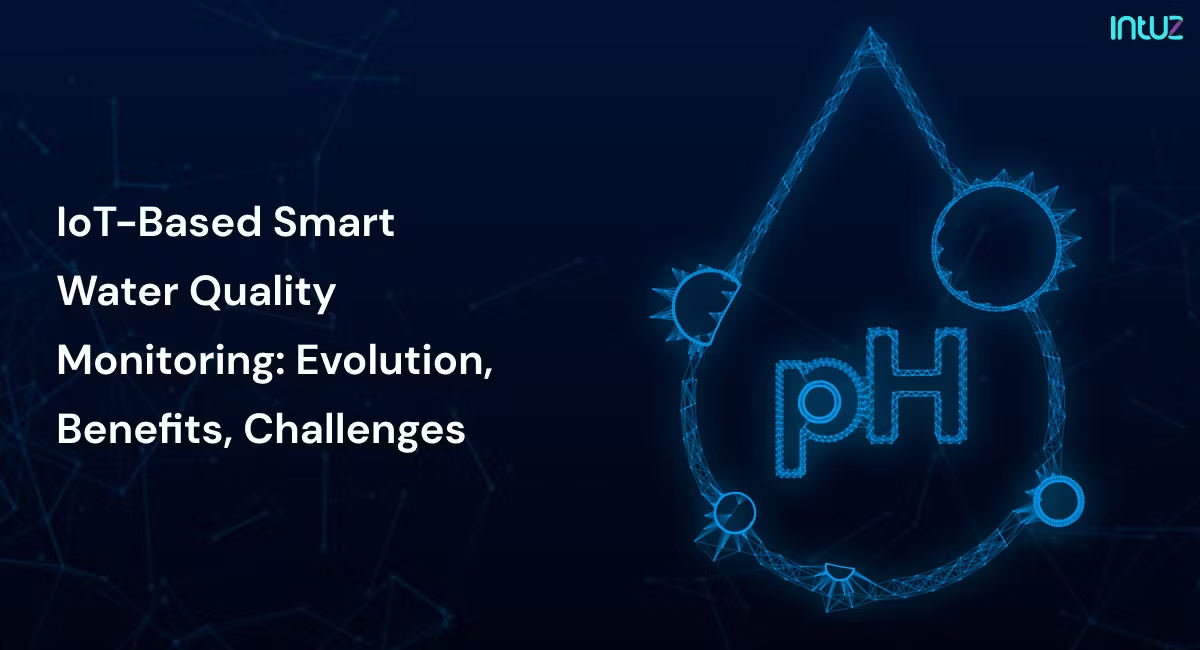Water Quality Sensors: Innovations in Safe Drinking Water Monitoring

Introduction
Ensuring the safety of drinking water is a global priority. With the advancement of technology, water quality sensors have become increasingly sophisticated, offering real-time monitoring and early detection of contaminants. These innovations are critical in preventing waterborne diseases and ensuring that communities have access to safe, clean drinking water. This blog delves into the latest advancements in water quality sensors and how they are revolutionizing drinking water monitoring.
Table of Contents
1. The Importance of Water Quality Monitoring
2. Evolution of Water Quality Sensors
3. Key Innovations in Water Quality Sensors
4. Applications in Safe Drinking Water Monitoring
5. Benefits of Real-Time Water Quality Monitoring
6. Challenges and Future Directions
7. Conclusion
The Importance of Water Quality Monitoring
Access to safe drinking water is essential for public health. Contaminants such as bacteria, heavy metals, and chemicals pose significant risks if not detected and managed effectively. Continuous monitoring of water quality is therefore vital in ensuring that water supplies remain safe for consumption.
Evolution of Water Quality Sensors
Water quality monitoring has evolved from manual sampling and laboratory testing to automated systems equipped with advanced sensors. Early sensors provided basic data, but modern sensors are capable of detecting a wide range of contaminants in real-time, offering a much more comprehensive understanding of water quality.
Key Innovations in Water Quality Sensors
Recent innovations in water quality sensors include the development of multi-parameter sensors that can simultaneously measure various indicators such as pH, turbidity, dissolved oxygen, and specific ion concentrations. Additionally, advancements in sensor materials and design have improved sensitivity, accuracy, and durability.

Applications in Safe Drinking Water Monitoring
Water quality sensors are deployed in various settings, from municipal water treatment facilities to remote communities and even household water systems. These sensors play a crucial role in detecting contaminants like lead, nitrates, and microbial pathogens, ensuring that corrective actions can be taken before water is consumed.
Benefits of Real-Time Water Quality Monitoring
Real-time water quality monitoring allows for immediate detection of contaminants, reducing the response time to potential water quality issues. This proactive approach helps prevent outbreaks of waterborne diseases and ensures compliance with regulatory standards for safe drinking water.
"Innovative water quality sensors are the front line in the battle to provide safe drinking water to all." — Water Quality Specialist
Challenges and Future Directions
While water quality sensors have made significant strides, challenges remain, such as the need for calibration, potential sensor fouling, and the integration of data into actionable insights. However, ongoing research and development are addressing these challenges, paving the way for even more reliable and cost-effective solutions in the future.
Conclusion
Innovations in water quality sensors are transforming the way we monitor and ensure the safety of drinking water. By providing real-time, accurate data on a wide range of contaminants, these sensors are a crucial tool in protecting public health and ensuring access to clean water for all.


